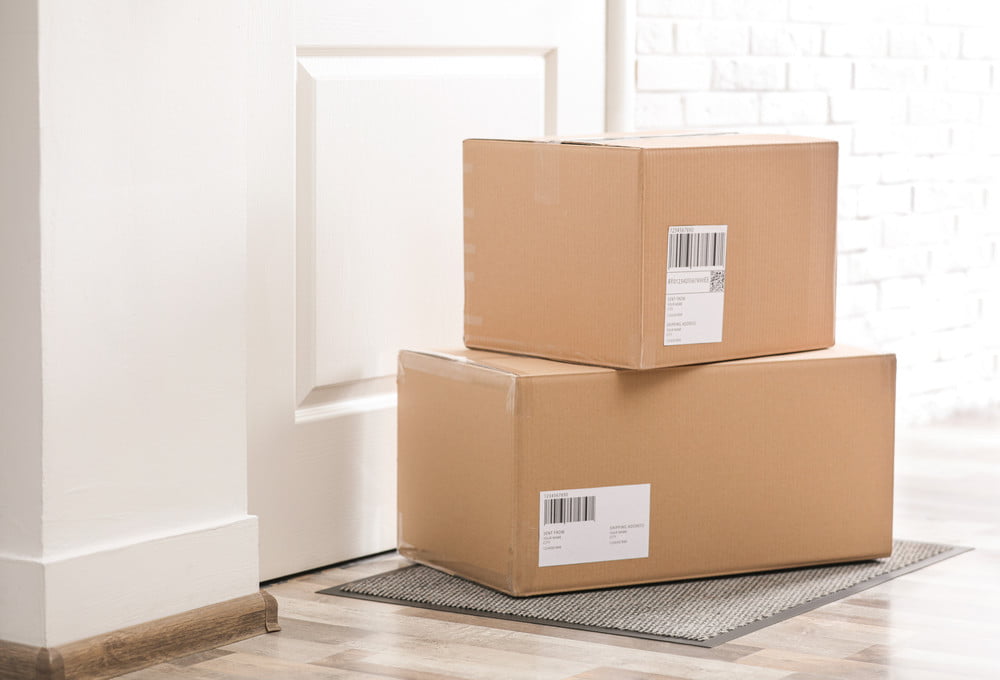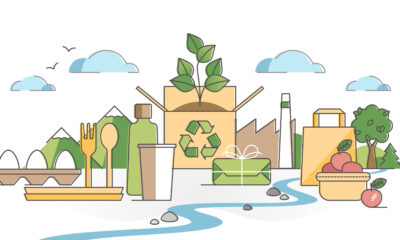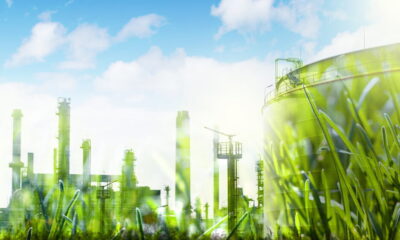

Features
Parcel Industry Makes Strides In Innovating Sustainable Packaging
Packaging is a necessary evil, but its impact on the environment is catastrophic. In an economy that depends on goods being shipped from one place to another, often multiple times throughout the lifespan of the product, it’s vital that those goods arrive at their destination intact.
The Supply Chain and Solutions Center has a detailed post on the environmental impact of packaging. As the article shows, 9.2 billion tons of plastic has been produced. Only 9% of this plastic has been recycled properly.
The sad reality is that packaging presents an environmental challenge. It’s inherently wasteful, as the packaging is often discarded as soon as its purpose has been served. But with customers across the country becoming more aware of the environmental costs of their purchasing decisions, businesses are having to adapt their packaging practices to minimize waste and pollution. That means cutting down on excessive packaging and doing away with glossy vinyl packaging in favor of recyclable alternatives.
What is sustainable packaging and why is it important?
Any material that can be recycled will make for sustainable packaging. Of course, it’ll also need to be able to withstand the rigors of the road, and to provide adequate protection for the goods inside. The environment is not going to benefit if goods need to be shipped twice because they arrived broken at the first attempt.
Shipping comparison site Parcel2Go discussed which recyclable materials can be used for eco-friendly packaging:
Corn Starch
You’ll find corn starch used in food packaging, where it serves as a substitute for plastic. It’s biodegradable, and a doesn’t contain any harmful toxins. New packaging materials of this kind are being developed constantly, and they’re likely to become ubiquitous, thanks to a continued public awakening to the benefits of environmentally friendly packaging.
Cardboard
When most people think ‘environmentally-friendly packaging’, they tend to think of paperboards. Not only can these materials be recycled, they’re also entirely biodegradable, as they’re made out of wood. While materials of this kind do impose a minor environmental cost, they’re the best option available in most cases.
Polyethene
Bubble wrap is typically made from recycled polyethene, and it can be recycled again once it’s done with. As such, it’s perfect for shipping fragile items like ceramics and consumer electronics.
What are Companies doing?
Changing the packaging itself is one step business might take. But we can also make things more efficient through other means. Reusing and recycling should be baked into the procedure of the firm. Moreover, shipping fewer, larger parcels will help to slash the amount of packaging material used.
What do Customers expect?
Logistics and shipping has come a long way over the last decade. A side-effect of this sophistication is that customer expectations have never been higher. Customers want the option of having their parcel dropped off at a given location, or being able to collect it from a specific point. They also want to be able to specify a time for a drop-off, and to be able to see where their package is at any given time.
Eco-friendly Packaging Must Become the New Norm
We must update our commercial standards to reflect changing concerns with the environment. One change that we must emphasize is the transition to sustainable packaging. This can help us minimize the harmful effects on the environment.






























